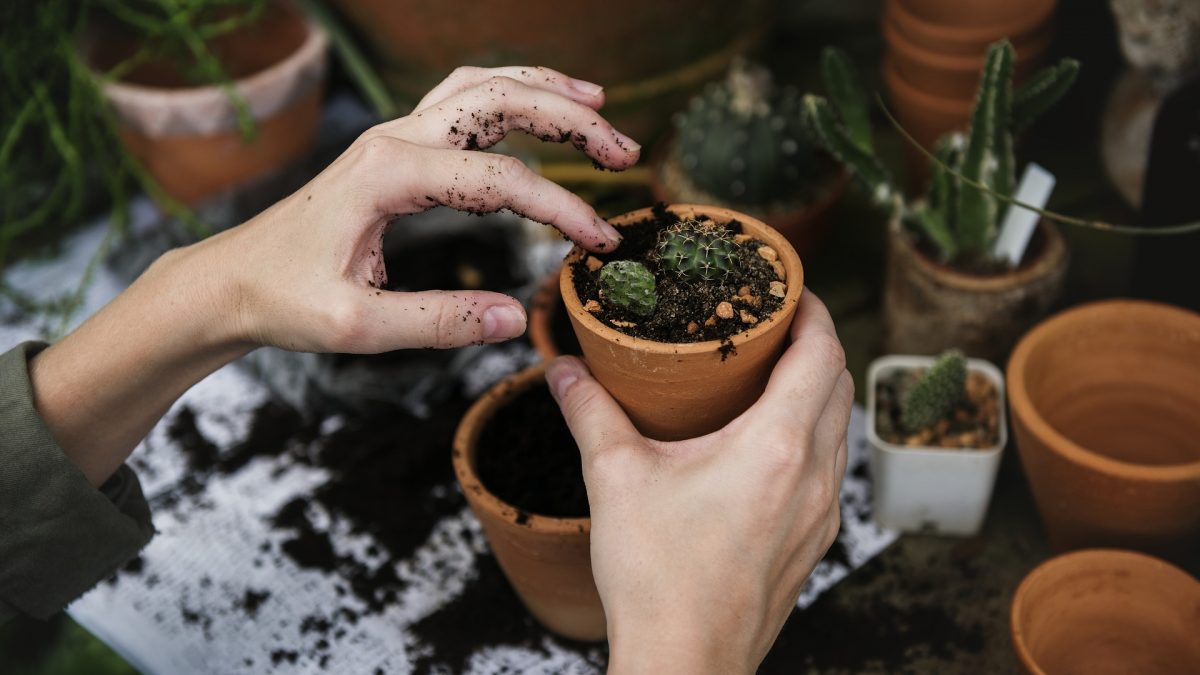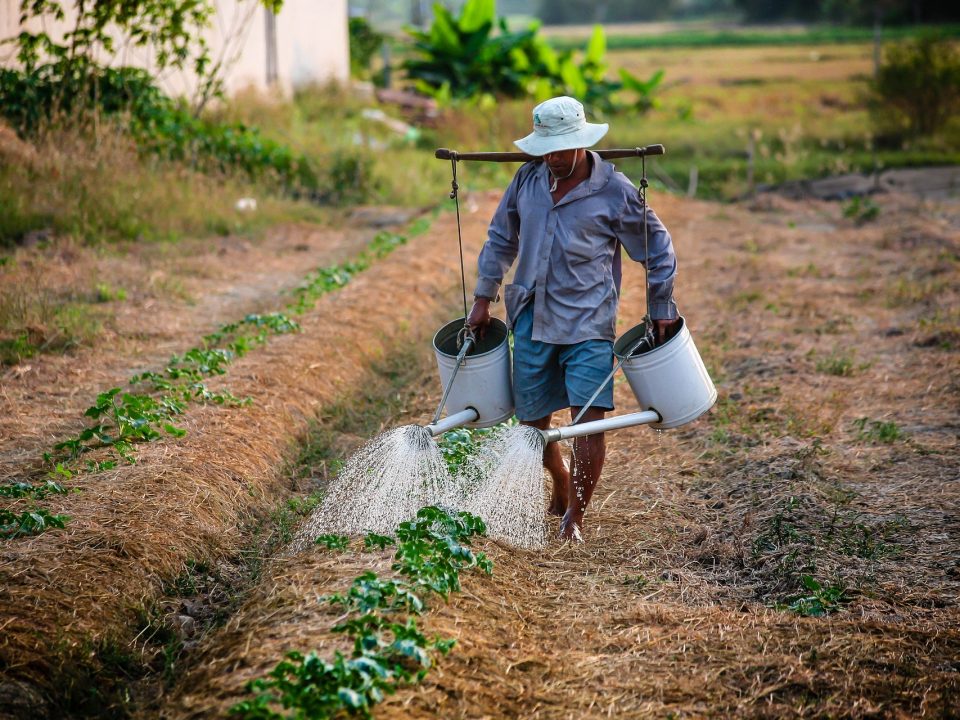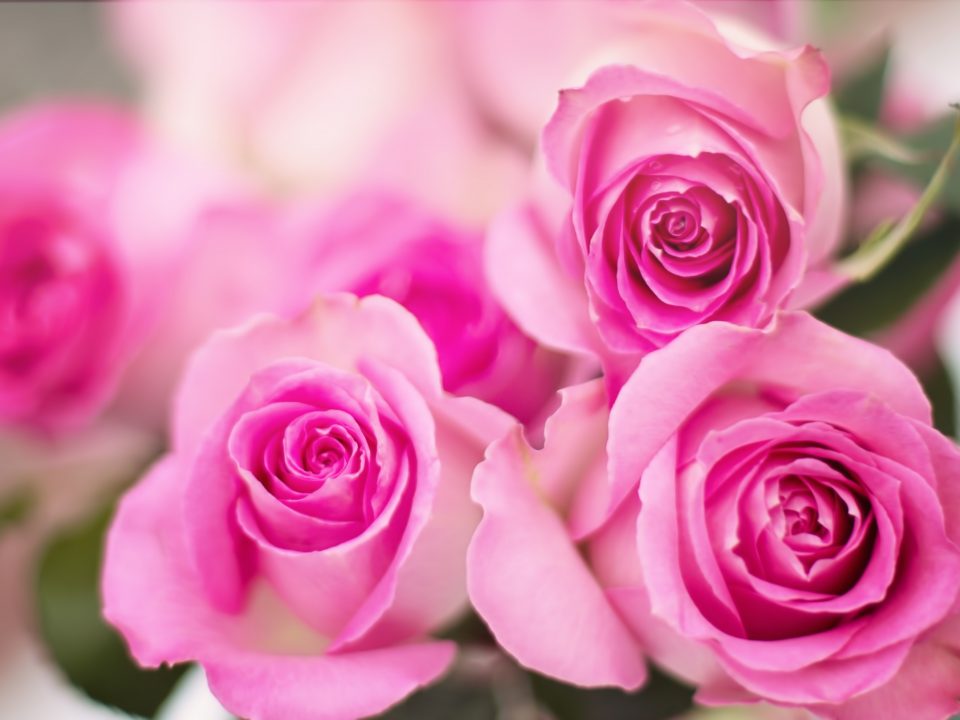Wall growing with wild plants

The organic trend
May 15, 2018
Growing vegetables – planting in containers
May 15, 2018Wall growing with wild plants
Wall growing with wild plants
A wall on which wall plants grow, such as a thorny sniper, golden intoxication and Syrian prying, can also be used in the home garden, using only Israeli plants. Such a wall is a beautiful and stylish element that requires relatively little maintenance.
Among the plants there is a large group of plant species, which grow between rocks and cliffs, on stone walls, cairns and the like.
The plants sprouting there are grounded in pockets of soil and cracks in them. The conditions prevailing in these niches are often difficult: the plants usually have a small amount of substrate, which dehydrates quickly, and therefore some of them adapted to survive even in dry conditions until the rains come. It is sometimes difficult to understand how in the cracks in the wall, where there is little land and a little space, flourishing plants with a beautiful blossoming flower thrive.
Such walls can also be erected in private gardens, or existing walls can be upgraded to a flourishing wall. The advantages of using local vegetation are clear, and it is possible to obtain a beautiful and stylish element that requires relatively little maintenance.
In general, the species of plants that can be planted on a wall and that are their place in nature are many. Some are common, some are more rare. The plants originate in different parts of the country with a different climate, different rock infrastructure and different orientation. These characteristics affect the amount of water available to plants.
Construction of the wall and the manner of growth
Construction of the wall
The considerations for building a wall are:
It should not be a wall adjacent to the house, certainly will fit a fence built / wall surrounding the garden or wall of a warehouse. If the wall is still adjacent to the house, a thorough seal must be made at the rear to prevent water from entering.
The desired light conditions: several hours of sunshine and lots of light during the day.
Choose natural and strong rocks to build the wall, preferably those that already have natural niches. Under construction, the rocks should be placed densely and oriented at such an angle that a comfortable niche is created for the introduction of a bed and a plant.
Design: It is not advisable to design the wall so that the pockets will be arranged as soldiers. Arranging the pockets in random places will give a more natural look to the wall. However, due to the drainage issue (see below), the niches should be arranged in such a way that the plants in the lower rows will receive the water draining from the upper niches. In terms of plant selection in a more design aspect, it is recommended to plant a cyclamen in the lower part of the wall, since cyclamen also grows nicely on the wall.
Important rules in preparing niches
Size: It is recommended that the pocket in the wall be as large as possible (containing at least one gallon of growth medium). The space between the pocket and the pocket should be about half a meter (depending on the size of the plant planted).
Drainage: Make sure that the wall pockets have narrow drainage openings. The excess drainage water irrigates plants that are located on the lower part of the wall.
Collect the seeds
As mentioned above, the plants of the walls grow wild. In order not to harm nature – and very badly not – most of the seeds of these plants can be carefully taken during the summer after flowering. In various places in Israel,
Sowing
First, plant the plants in a suitable place, such as a sprout or greenhouse.
Proposal for making a small greenhouse: You can purchase a large transparent plastic box
Box size 60 * 40 * 50 cm. The box is attached even wheels. Price: worth every pocket.
I use a special soil mixture as a growth medium: 25% perlite, 25% tuff 8, 25% peat and 25% hamra. In addition, mix with slow release fertilizer. In the incubator incubator, a number of 10 pots are placed with a growth medium. Spread the seeds on top of the substrate and spread over a few additional substrates. During the germination period, lower daily watering is preferable. For light conditions, it is recommended to place the greenhouse seed in the area without direct radiation. In addition, it is very important to take care of the incubator-incubated ventilation.
Planting and handling
When the plants in the greenhouse sprout reach a height of about 10 cm, they should be transferred to the eggs that are prepared in the wall before.
Time of planting: The various types of plants are planted in winter or spring.
Fertilizer: Once a month, liquid fertilizer should be added with a funnel, and once every six months, add slow-release fertilizer. You can even use compost.
Drainage: Make sure that the wall pockets have narrow drainage openings. The excess drainage water irrigates plants, which are located on the lower part of the wall.
Design
It is not advisable to design the wall, so that the pockets will be arranged as soldiers. The arrangement of the pockets in arbitrary places will give a more natural look to the wall. In terms of plant selection in a more design aspect, it is recommended to plant a cyclamen in the lower part of the wall, since cyclamen also grows nicely on the wall.
Planting in the wall
When the plants grow to a height of about 10 cm, they should be transferred to the niches that are prepared in the wall earlier. Success is guaranteed when roots are well established.
Watering system
A pipe must be moved 16 millimeters at the top of the wall, preferably the tube should be brown in color to be camouflaged. Pipelines must be connected to a pipe with a diameter of 5 millimeters. At each end of the tube a drip with a capacity of 2 liters per hour is attached. This slow watering is more effective in the case of growing walls. The tubes should be dropped towards the upper plants. The number of drips required is half a meter between a dropper and a drip. As mentioned above, the water that drains from the plants on the top of the wall descends towards the rest of the plants. In addition, the tubes are placed between the rocks so that they do not protrude, to create a more natural looking wall.
Irrigation frequency: In the summer, water should be watered every two days, about half a liter of water per plant. In the winter during the rainy breaks, the auxiliary bag should be given. It is recommended to connect the drip system to a water meter or to a system head.
Planting time: The various types of plants are planted in winter and spring.
Spacing between the pockets on the wall: it is advisable to plant pockets in the space of half a meter.
The desired light conditions: several hours of sunshine and lots of light during the day.
At the beginning of winter, 50% of the plant’s leaves should be pruned. This reinforces the plant and strengthens it.
Peak flowering: the Botanical Gardens can be viewed in full flower in late winter, spring and summer..






